Books on the Knob, a blog about free and bargain ebooks, posted a warning a week or two ago to “Make sure you are doing backups…” of your ebooks. The blogger pointed out that you can’t count on retail ebook sellers or their cloud storage to keep your books accessible, and gave several examples of ebook retailers who changed their policies or went under. The most recent one affected this blogger personally: books she had “purchased” from ChristianBook.com when they were free are no longer available to her for download now that the promotion is over and prices have gone up.
This isn’t a new issue, and it will continue to be a problem. A few years ago, there were complaints from some Kindle owners that books they had purchased legitimately had been pulled from their Kindle library. Booksellers Borders and Fictionwise are both dead. Borders’ ebook customers had the option of transferring their libraries to Kobo, a process which went pretty smoothly because Kobo was already running Borders’ ebook sales site. Fictionwise customers lost access to their accounts on Jan. 31, 2013.* The company is still transferring customers’ libraries to Barnes & Noble, but apparently the process isn’t going smoothly. I’m not particularly confident about B&N’s future, either. They recently opened a store in the old Borders in our nearest small city, but they’ve also announced B&N will be closing some 20 stores per year for the next decade, which isn’t a good sign.
With all that in mind, if you haven’t been downloading your ebooks to your own computer, you should probably start, or you’ll risk losing access to them. I’ve been doing this since I started buying ebooks. The process is a little involved, but it’s not hard. As soon as I buy a book (or “buy” a free book), I download it to my computer using Adobe Digital Editions.** ADE stores the file in a folder called “My Digital Editions”, which is in the “My Documents” folder. Then I close ADE, open Calibre, and add the book in Calibre (which makes another copy in my “Calibre Library” file.) I then use Calibre to upload the book(s) to my reader. I could skip the Calibre steps and just use ADE. But I love Calibre; it’s a much better ebook management system than ADE. So it’s worth the extra step or two.
The process for Kindle books isn’t hard, either. I checked with a friend who has a Kindle, but prefers Calibre to manage his books. He buys the book and wirelessly pulls it onto his Kindle. Then he opens Calibre on his desktop, and connects his Kindle to the desktop using the Kindle’s USB cable. Once Calibre recognizes the Kindle, he clicks the “Device” icon in Calibre, and it shows him the books on his Kindle. He right-clicks on the book he wants to add to Calibre, selects “Add book to library,” and it puts a copy of the Kindle book in his Calibre library on his hard drive.
Note that Calibre can copy and store books with DRM, and can move them onto and off your e-reader device, but you won’t be able to read DRM’d books using Calibre’s onscreen reader, because it can’t actually open them. Calibre can convert ePub to mobi/Kindle format and vice versa, but only if there is no DRM on the book file. (There are third-party plug-ins designed for Calibre that will strip the DRM from an ePub or Kindle book. They aren’t authorized by Calibre’s developer, and stripping the DRM is illegal. Nonetheless, a fair number of people use them.)
 Returning to the issue of backups: It’s also important to back up your ebook library folder(s) to an external source on a regular basis, in case your computer dies — and it’s even better if you can store that external source offsite. Ebooks don’t take up a lot of space, so you can use a large flash drive. Of course, you should also be backing up all your data; for that you probably need an external hard drive, provided you have somewhere other than your home to store it, or a paid online backup service like Carbonite.*** Offsite storage of your backups protects your data even if your computer is stolen or (heaven forbid) you have a house fire. If you us an external hard drive for your backups, store it at a trusted relative’s or friend’s house or in a bank safe deposit box.
Returning to the issue of backups: It’s also important to back up your ebook library folder(s) to an external source on a regular basis, in case your computer dies — and it’s even better if you can store that external source offsite. Ebooks don’t take up a lot of space, so you can use a large flash drive. Of course, you should also be backing up all your data; for that you probably need an external hard drive, provided you have somewhere other than your home to store it, or a paid online backup service like Carbonite.*** Offsite storage of your backups protects your data even if your computer is stolen or (heaven forbid) you have a house fire. If you us an external hard drive for your backups, store it at a trusted relative’s or friend’s house or in a bank safe deposit box.
However you choose to do it, in the end, preserving and protecting your ebook library is up to you.
* According to Fictionwise’s website.
** If you want to use Adobe Digital Editions, you’ll need to download it, then authorize your ePub reader with Adobe. You must authorize your device with Adobe before downloading the books, or you won’t be able to open the books on your device. After you authorized your device, when you download and open a book with ADE, the software tags the ebook file with a key so your device can open the file. (This is the DRM – digital rights management.)
*** Not an endorsement.
© 2013 by K. Pekar

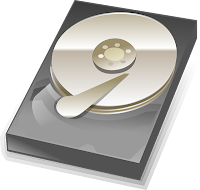







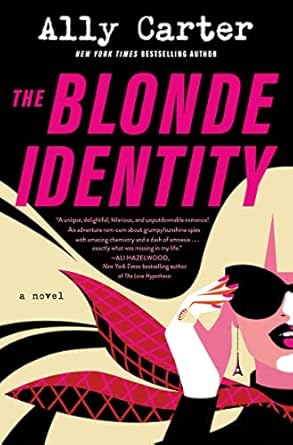
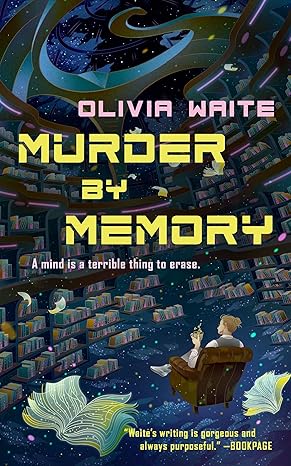
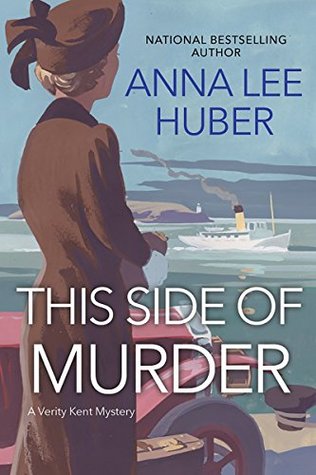
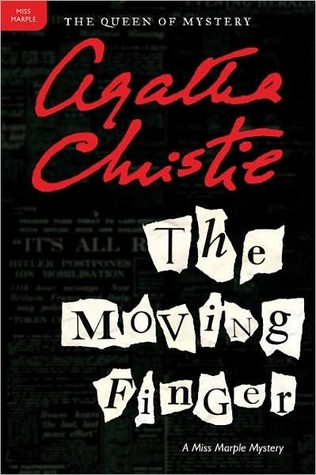

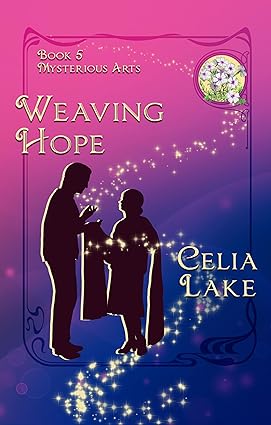


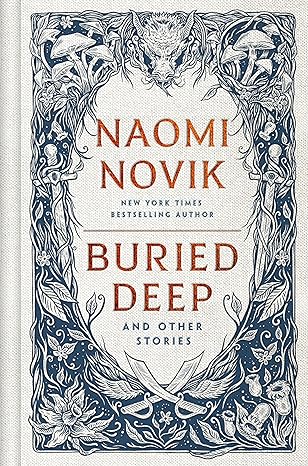
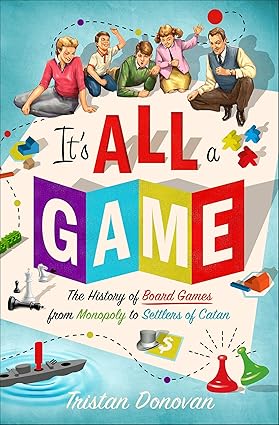
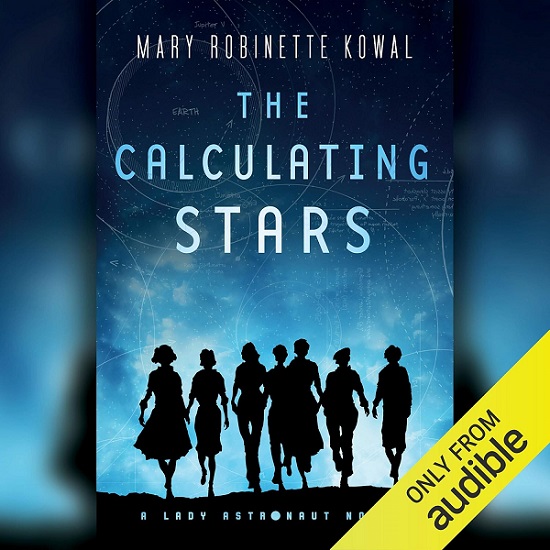





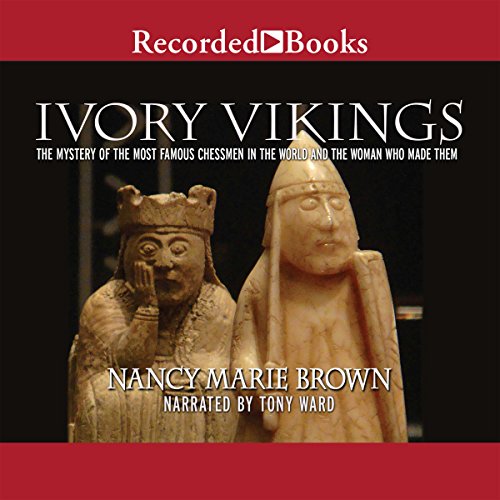
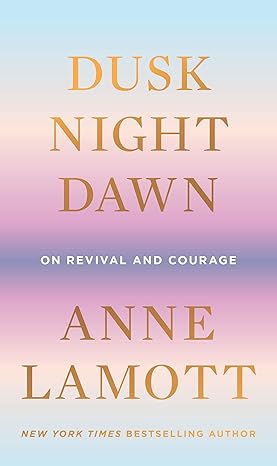
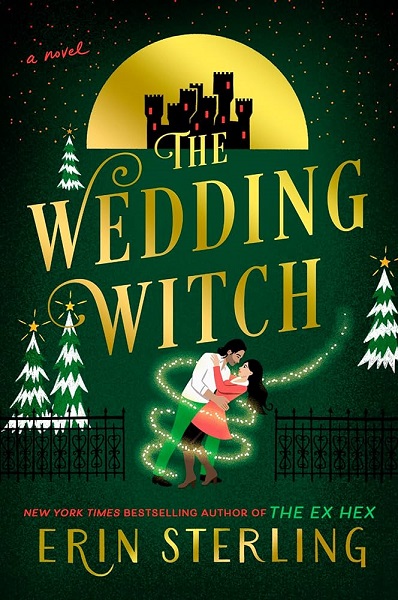


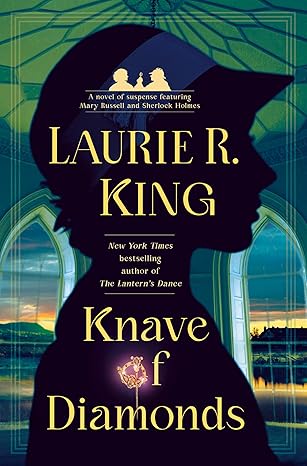




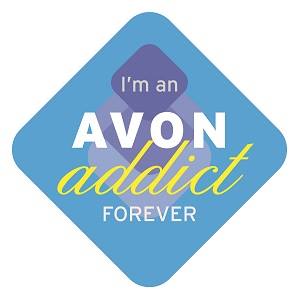

kimbacaffeinate
Great post Lark. I love Calibre and also use it to convert those nasty pdf copies to epub. As for B&N i think you will see a stronger online presence from them as opposed to additional store fronts.
Lark @ The Bookwyrm's Hoard
Thanks, Kimba! I didn’t realize Calibre can convert PDFs to ePub, too — that’s cool! And I do hope B&N will survive.
Catherine Healey
Thanks for sharing this article, Lark. It was an eye opener for me.
Catherine
http://www.bookclublibrarian.com
Lark @ The Bookwyrm's Hoard
Thank you, Catherine. I hope it was useful!